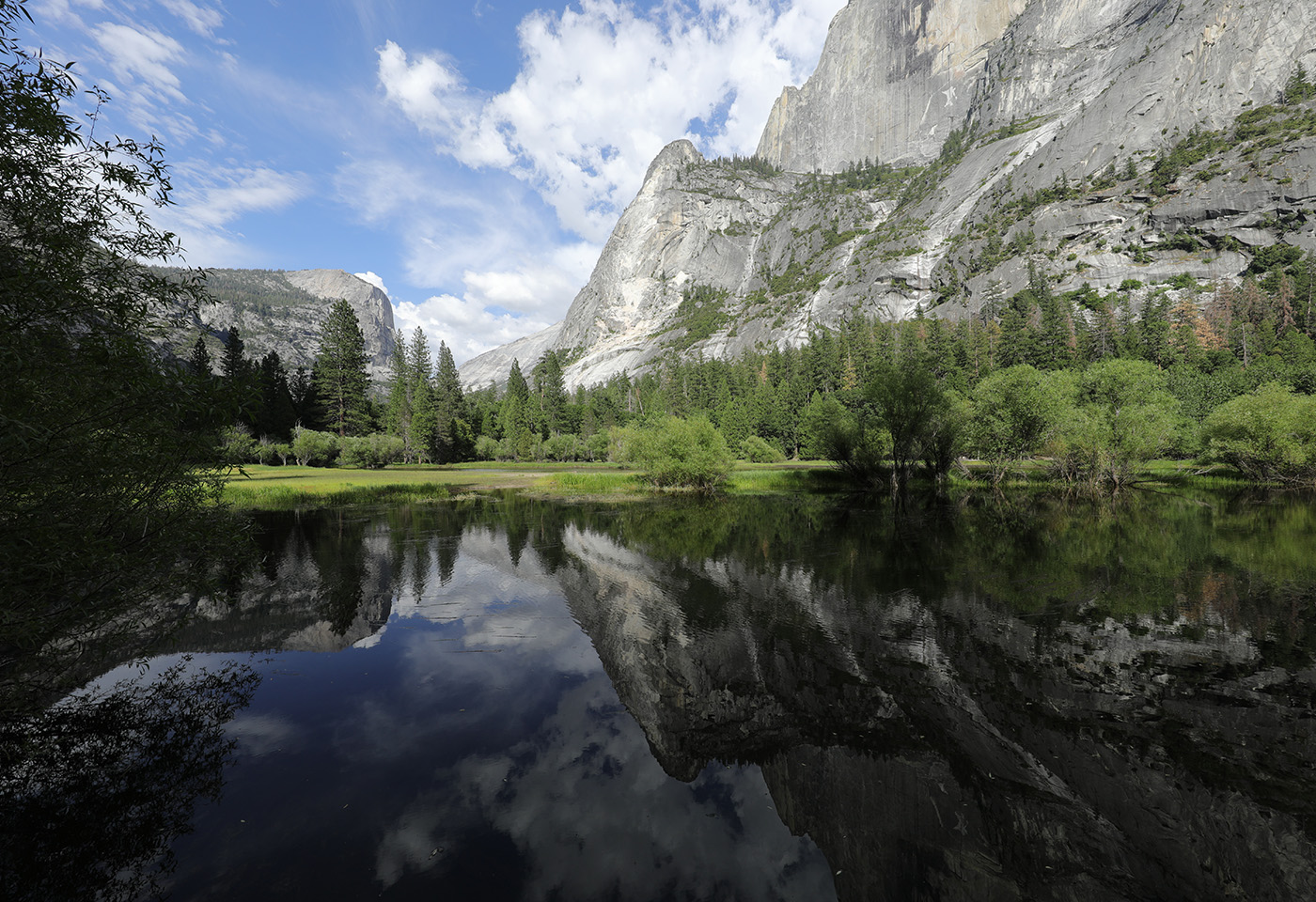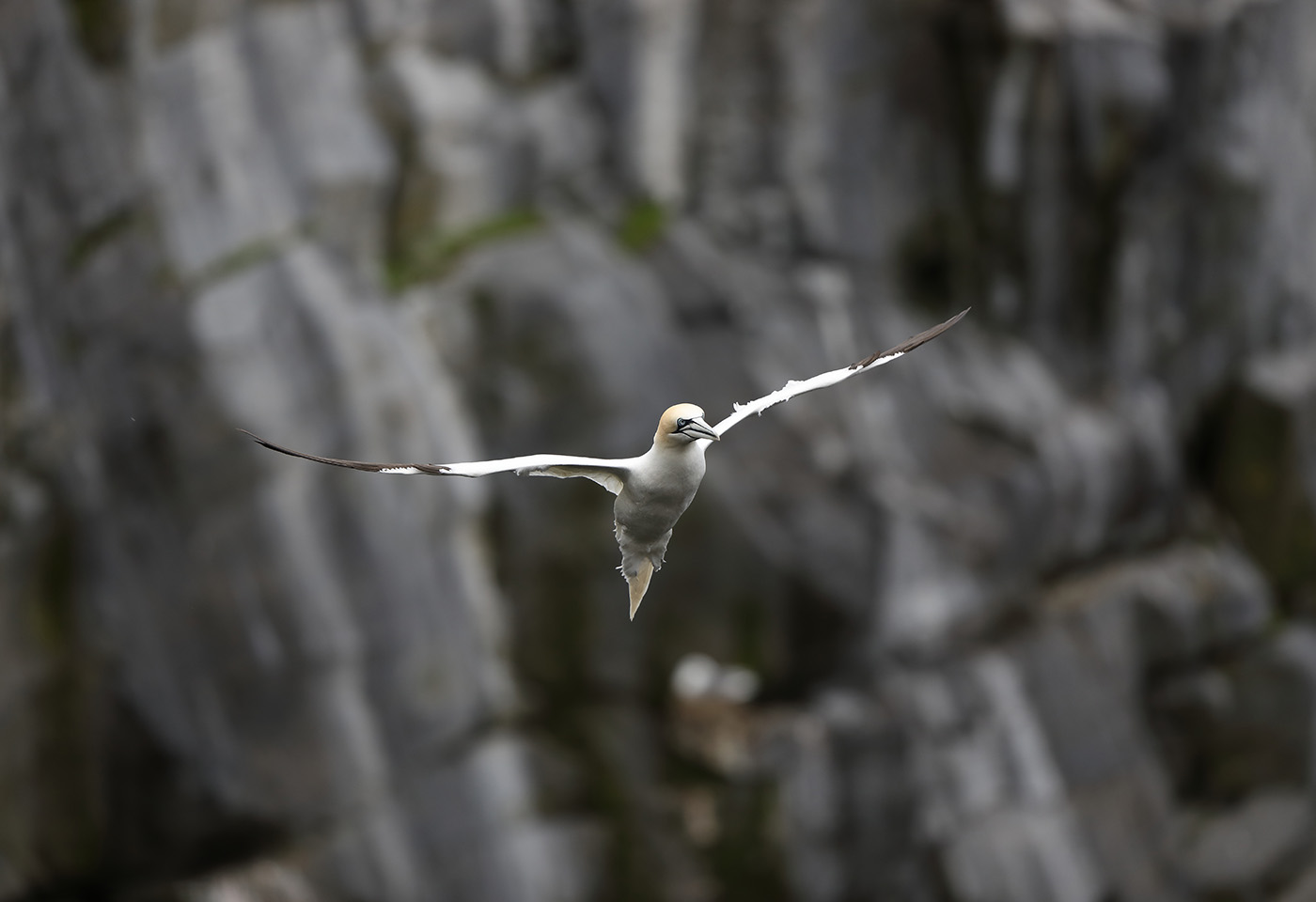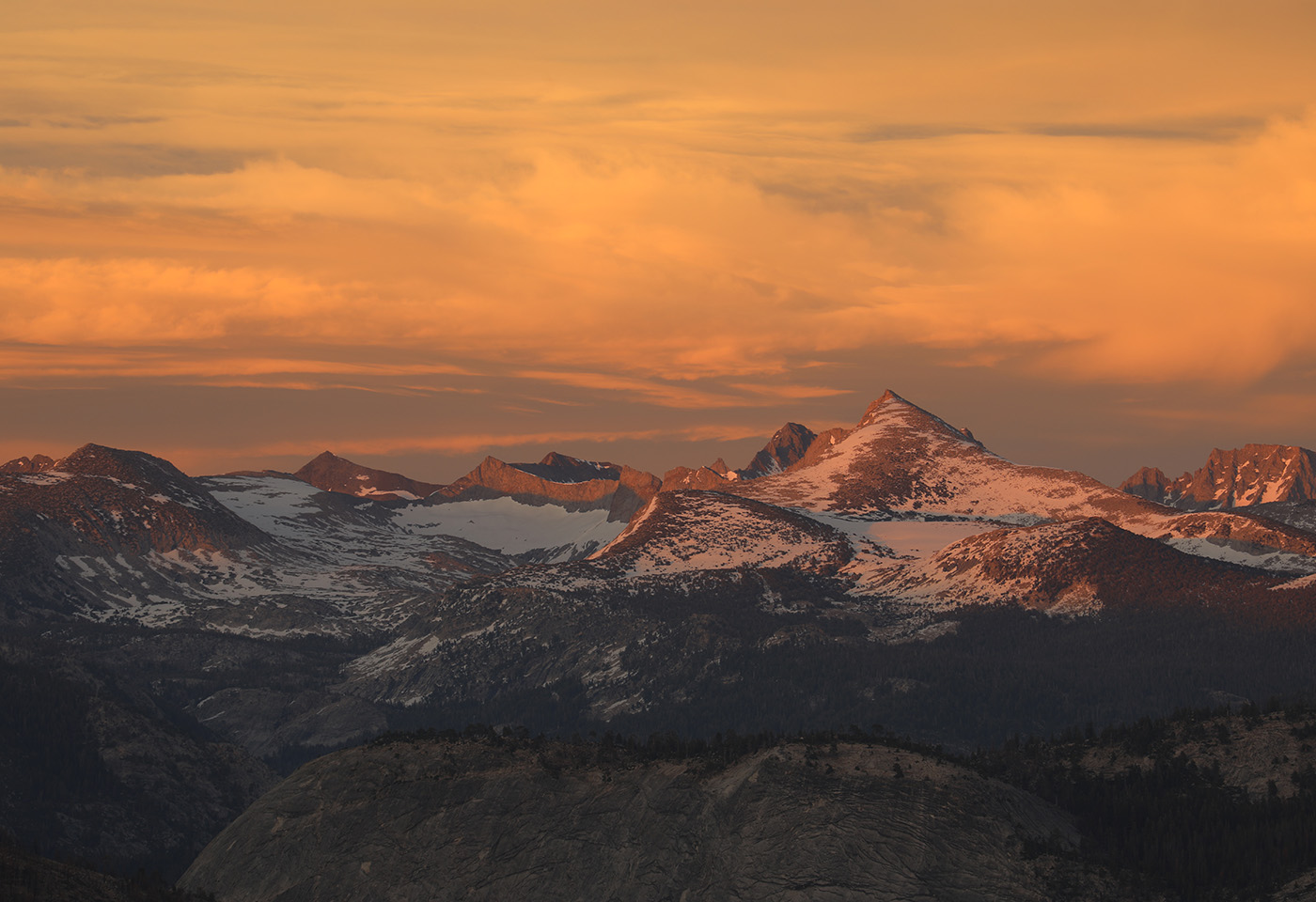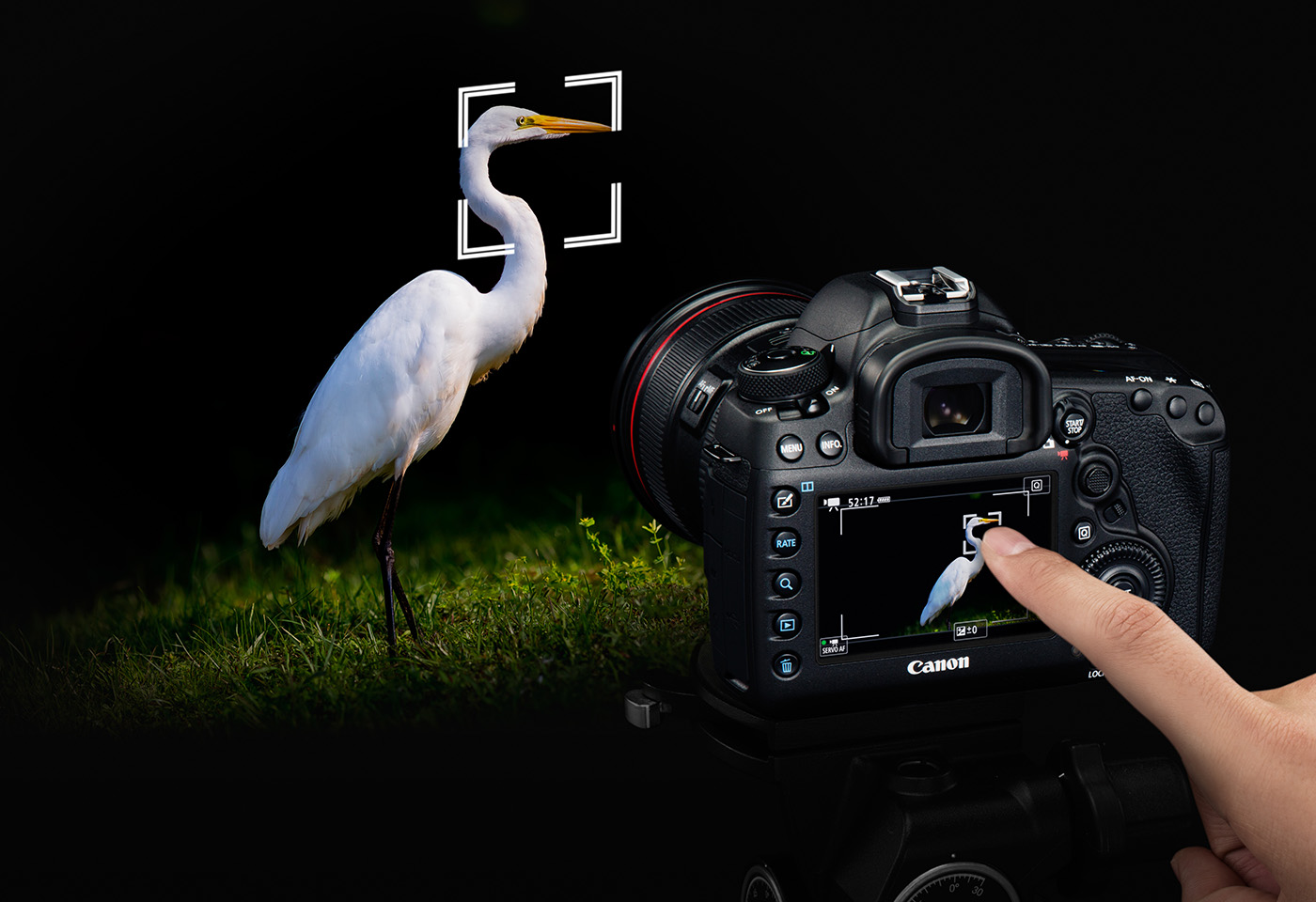

Canon's new 30.4 Megapixel full frame CMOS sensor delivers images that are packed with detail, from the brightest highlights and darkest shadows.

The EOS 5D Mark IV's high-speed readout technologies and DIGIC 6+ processor mean you can shoot at 7 fps at full resolution, with full AF / AE tracking.

An ISO range of 100-32000 (expandable from 50-102400) is combined with enhanced noise processing algorithms to further improve low light shooting.

A truly versatile camera, EOS 5D Mark IV delivers DCI 4K shooting at up to 30 fps and the ability to extract 8.8MP JPEG images from 4K videos.

61-point (41 cross-type) AF covers an expanded sensor area and delivers focus at EV-3 in viewfinder shooting mode, or EV-4 in Live View mode.

Built-in Wi-Fi and NFC enables remote operation and secure file transfer (FTPS/FTP) via smart devices using the Canon Camera Connect app.

Take creative control of time - speed things up with built in time lapse movie mode or slow things down with Full HD 60p and HD 120p movie recording.

Dual Pixel RAW file format allows photographers to fine-tune images in post-production such as adjusting or correcting the point of sharpness.

The high resolution 3.2-inch LCD with full touch panel operation is combined with a new AF area selection button providing quick AF point selection.

Learn how to shoot underwater wildlife photography with practical tips from Richard Robinson, including gear, settings and ethical techniques for marine life.

Discover how Open Gate recording on the Canon EOS C50 empowers creators like Moses to shoot once, reframe freely, and deliver across cinematic, vertical, and social formats with ease.

Prime lenses ideal for producing high-quality, sharp images with better low-light performance making these types of lenses perfect for portraits and travel.

Discover how travel photographer TK North captures compelling images with these six photography tips. Learn how the Canon EOS R6 Mark III helps him travel light, stay creative, and shoot anywhere with confidence.

Explore 11 fun ways to use Canon photo and magnet paper with the Canon PIXMA TS9560a – from zines to cards, crafts, scrapbooks and more.

Explore the creative possibilities of the Canon Pixma printer and make your own fridge magnet game at home.

Videographer Trystin Sinnott shares his top tips for shooting cinematic video in natural light using the compact Canon EOS C50.